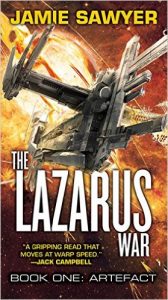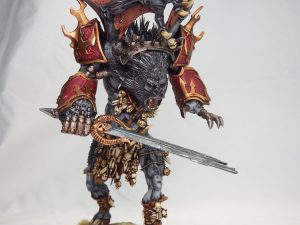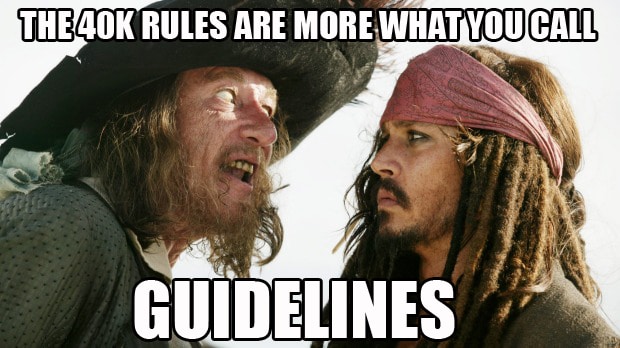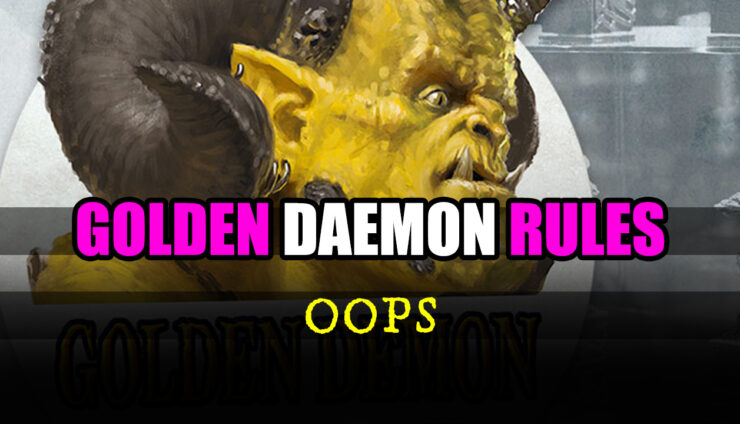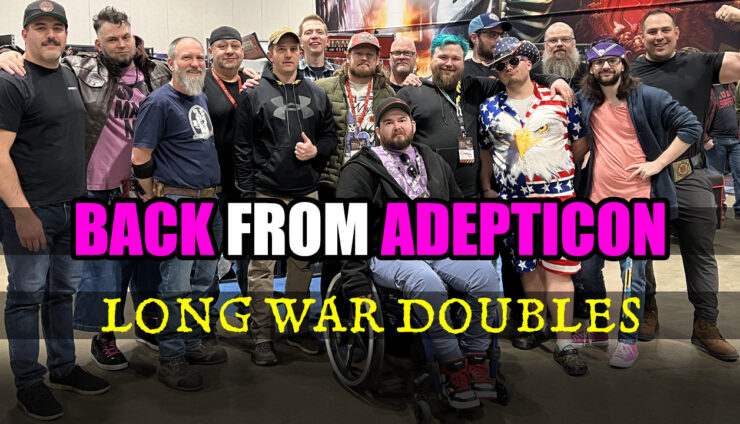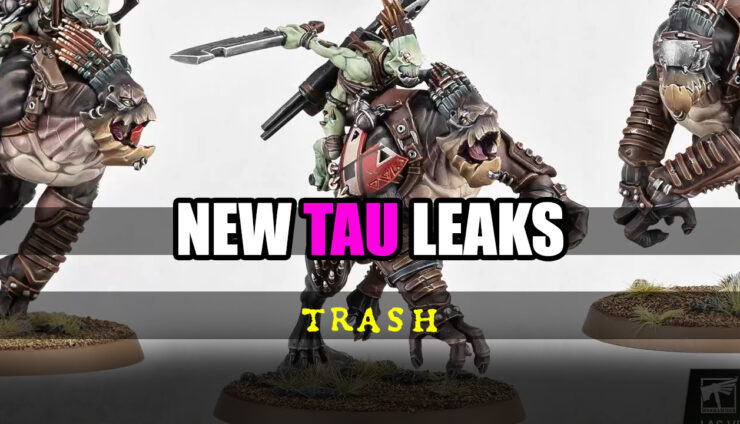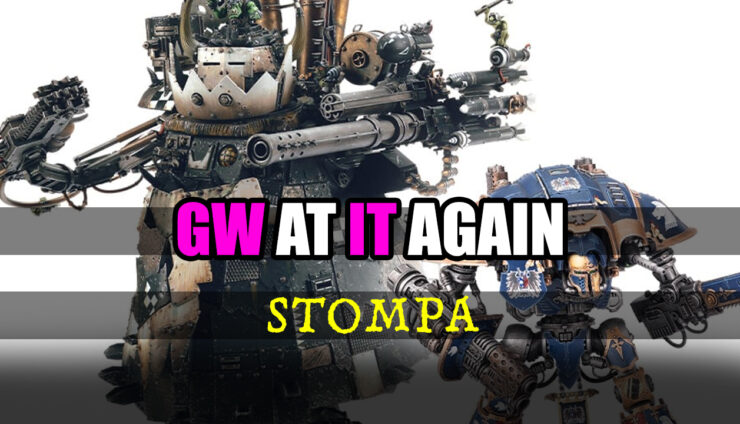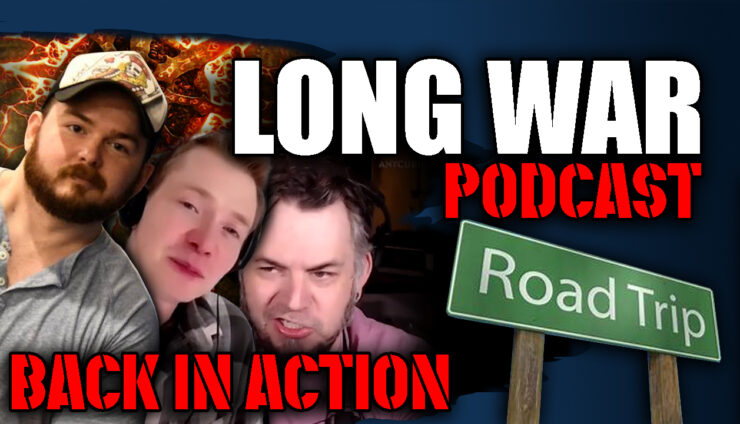How to go from a Commission Painter to Published Author in 10 Easy steps, and a book give-away. Come see the latest from White Metal Games!
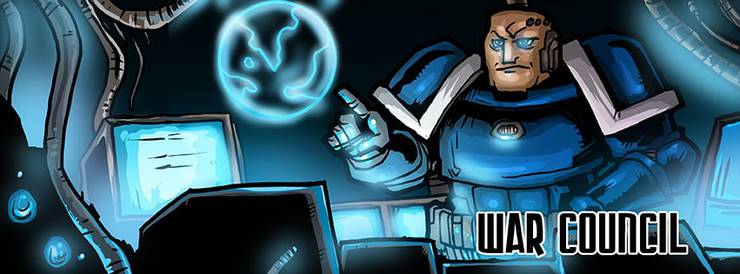
War Council™ is a presentation of White Metal Games™ and airs twice a month. Check out our most recent episode! You can also download us on Itunes!
On our most recent episode, we sit down with commission painter turned author Jamie Sawyer to chat about what it took to go from painting for a living to WRITING for a living! Jamie generously agreed to answer some questions in addition to the special 10 minute interview, questions that weren’t necessarily covered on the show.
To get the whole story though, and by that we mean read a copy of the book, all you have to do is COMMENT ON THIS POST! THAT’S RIGHT! Jamie is giving away 2 signed copies of The Lazarus War, Book 1: Artefact to two random commenters on THIS ARTICLE! All you have to do to enter is comment between the date this article is published and 1 week hence! (So if the article is published on the 17th of May, comment by the 24th!)
Spoilers follow! And be sure to listen to the entire episode, including the interview with Jamie, here.
Jamie, last time I spoke with you, you were a commission painter for hire, and now you’re a published author! So congrats, but walk us through that journey from painter to writer.
Thanks very much! I’ve always written fiction in my spare time, but a few years ago I decided to really commit to writing a novel. So I basically just found the time to write every day (usually on the train to and from work). Putting other interests aside (and I have far too many of them!) means you can often get an hour or so free each day. Several months later, ARTEFACT was finished. I then managed to get an agent to represent me, and that eventually lead to a contract with Orbit Books.
Jamie painted this angry Angron!
Tell us a little bit about your background as a writer (were you classically schooled, or attend workshops, etc) and what prompted you to write a military sci-fi novel?
My background isn’t in writing at all actually. I would have loved to attend workshops, but in my area there aren’t any. So this has all been trial and error. The first draft of ARTEFACT was a long way from the finished version! That was one of my most important lessons: that your first draft just has to be written. It’s okay if it needs work, and it’s okay if you revise as you go. So most of my writing lessons have been self-taught. As to the decision to write military SF, this has always been my passion. I’m an avid reader and fan of the genre, so it was a natural choice!
Okay, so Lazarus War. How did the idea for this story come about? What was the genesis of the project?
THE LAZARUS WAR as a series revolves around the use of “simulant technology”. This allows troopers (“operators” in my book) to pilot remote copies of themselves (“simulants”). They can die in the field, but can get straight back into the tank and be born again. Pretty useful if you’re fighting a war against a deadly alien race!
The actual idea behind that technology came from an article I read on drone warfare. Simulant tech is an extension of the UAV movement. Sims are just more extreme versions of drones, really. But as the tech becomes more advanced, things become more and more real for the operators…
LW seems to borrow a little from all my favorite games, movies, and more. Can you tell us a little bit about your influences for the book?
It’s often said in SF that there are no original ideas anymore, and I’ll freely admit that I’ve been influenced by many, many sources! That said, it’s what you do with these ideas that counts – I hope I’ve incorporated lots of popular SF ideas into an original story. When I set out to write the book, I really wanted to make something that incorporated all of my favourite things: troopers in power armour, deadly aliens, lethal spaceships and so on.
As for specific influences, I’d probably say that classic SF like STARSHIP TROOPERS and THE FOREVER WAR were my main sources of inspiration. Haldeman and Heinlein, even after all these years, just cannot be touched for their expertise in the field. The same goes for Golden Age sci-fi authors like Arthur C Clarke (there’s a little bit of Monolith in the Artefact!). More esoteric influences like the Cthulhu mythos have also played their part.
Can you give potential readers a brief synopsis? Why should they read this and what can they expect?
In the 23rd century, mankind has spread out into the stars, only to find itself locked in eternal warfare with the insidious Krell. On the farthest edges of known space, a stalemate has been hard won, and a Quarantine Zone is being policed by the only people able to contain the Krell menace: the brave soldiers of the Simulant Operation Programme, an elite military team who remotely operate bioengineered avatars in the most dangerous theatres of war.
Captain Conrad Harris is a veteran of the Sim Ops Programme, a man who has died hundreds of times running suicide missions inside his simulants. Known as Lazarus, Harris is a man addicted to death. So when a secret research station deep in the Quarantine Zone suddenly goes dark, there is no other man who could possibly lead a rescue mission.
Yet, on arrival at Helios Station, all is not as it seems. Ambushed by a Krell patrol, Harris and his team find themselves stranded planet-side, their simulants destroyed. Far from home, and surrounded by enemies on every side, Harris must find answers to a very real question: how does a man inured to the idea of dying, face up to the prospect of a real, unsimulated death?
Conrad Harris is . . . if I may say so, a little unlikable as a protagonist. He looks down on people, dismisses some out of hand, etc. I get that he is supposed to be bitter, so was that intentional? Do you find yourself drawn to flawed protagonists as a writer?
I’m surprised that you say that! I definitely didn’t set out to write Harris as an unlikable character, but I did want to write him as a real character. I didn’t want him to be the generic “Trooper Bill, Hero of the Galaxy” type protagonist. That’s an area where SF and fiction in general has definitely changed over the years, and readers expect more of their heroes as a result.
But I would definitely agree that Harris is a flawed character. He is bitter and driven in equal measure, and he has tragedy all around him. He’s of a particular military mindset, where he judges people by their success as a soldier. He opened up to someone once, and that person showed him that there is more to life than just military performance. I do think that there is a softer side to Harris though; he’s very committed to his squad, and would do anything to bring them home with him.
SPOILERS BEGIN HERE . . . . YOU HAVE BEEN WARNED!!!
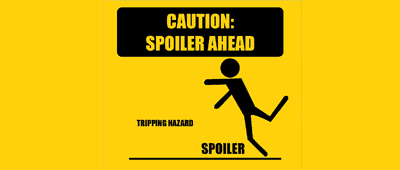
I know very little about the Directorate from the first novel. For a group that Conrad really hates, I don’t know much about them. Was that the goal, to expand on it in a later book?
Ah, the Directorate. I can say that there will be a lot more about them in future books. The Directorate is a power-bloc devised to counter the western Alliance (or should that be the other way round…?); made up of numerous Old Earth nation-states, now having spread across the galaxy. Harris has a deep-seated hatred of the Directorate for lots of reasons – and in book two, in particular, we find out one of the many reasons why he feels this way.
The reveal that Kellerman is directorate is a surprise, and a pleasant one. Among his loyal survivors on Helios, were they always Directorate or did he subvert them to the cause?
There’s a lot more backstory to this than made it into the book, actually, because I wanted to avoid “info-dumping”. The final version of ARTEFACT doesn’t include much on how this conversion took place but I always envisaged that Dr Kellerman had been subverted to the Directorate’s cause via his security officer Deacon (both served on Epsilon Ultris, the sight of a conflict between Alliance and Directorate forces). When the Helios mission was assembled, Deacon and Kellerman were best positioned to pick staff who were either amenable to conversion or were Directorate sleeper agents.
All of that said, as this isn’t spelled out in the book it’s for the reader to decide! That’s the great thing about ARTEFACT being out there; readers can make up their own minds now.
The Krell . . . they feel like a mix between Giger Aliens, Zerg, and the creature from the black lagoon. Can you tell us more about their origins and how to conceptualized them? Are they really primitive beasts or more of a hive mind?
The Krell are a mixture of many different things. I wanted to avoid direct description of them when I could, to retain that sense of mystery for the reader. They are a species that relies on bio-technology and organic machinery – capable of building vast starships as well as living weapons. In smaller groups, their behavior can be mistaken for primitive instinct; but in larger groups, or when they are under the control of a leader-form, their tactical cunning far surpasses that of the human military. They have a collective consciousness (and memory), which is akin to that of a hive mind.
I’m glad that you mention Creature from the Black Lagoon actually! The Creature could be relative of the Krell…
The Shard . . . it’s both an object and an entire race of people. Will we see more of ‘The Shard’ in future books? With the Egyptian references, are we meant to believe that the Shard once colonized Earth as well, as sort of a progenitor race?
We will definitely be seeing a lot more of the Shard as THE LAZARUS WAR progresses. They are the antithesis of the Krell: where for the Krell everything is organic, for the Shard everything is mechanical. The two species have a shared history, which again will be explored further in the next book. The Key that Harris recovers from Helios will also play an important part in the progress of the war; offering a tool that can be turned against the Krell, but with consequences.
That’s interesting that you mention the Shard as a progenitor race, because that wasn’t intended at all! The cuneiform Harris finds in the Shard tunnels is ancient machine-code; meant to be a record of the Shard’s history. It doesn’t have any link back to ancient history or Old Earth!
I like the juxtaposition between Kellerman and Harris, how they are both trapped in bodies that are failing them in one way or another. Was it always your intention to have these rivals be two sides of the same coin?
Yes, very much so. Captain Harris is a good guy, and Dr Kellerman is a bad guy: but things could’ve turned out very differently. They both have a key event in their past that has turned them down a certain path, and perhaps there isn’t that much difference between them.
So I know LW is supposedly a trilogy . . . is that it for Lazarus or could there be more down the road? What other things can be expect to read from you in the near future?
The whole trilogy has been written, and will be released this year! ARTEFACT was originally released in ebook in February 2015, and the paperback and audiobook versions were released in April 2016. (As an aside, the audiobook version is definitely worth checking out: it’s read by Jeff Harding, who has done read THE DA VINCI CODE and BOURNE SUPREMACY. It’s great to listen to while painting!)
The sequel, LEGION, came out in ebook in September 2015, and is due for release in paperback and audiobook on 26th May 2016. The final part of trilogy will be released in all formats in August 2016. There is also an ebook only novella which covers the events between LEGION and ORIGINS, called REDEMPTION, which was released in November 2015.
It’s been a hectic writing process, but seeing my books on the shelf of the local book store: it’s worth it!
Thanks Jamie for this exciting opportunity to be a part of what is sure to be a hit series of novels! Can’t wait to read what happens next!
If you enjoyed this article, be sure to like it, share it with others, and subscribe!

